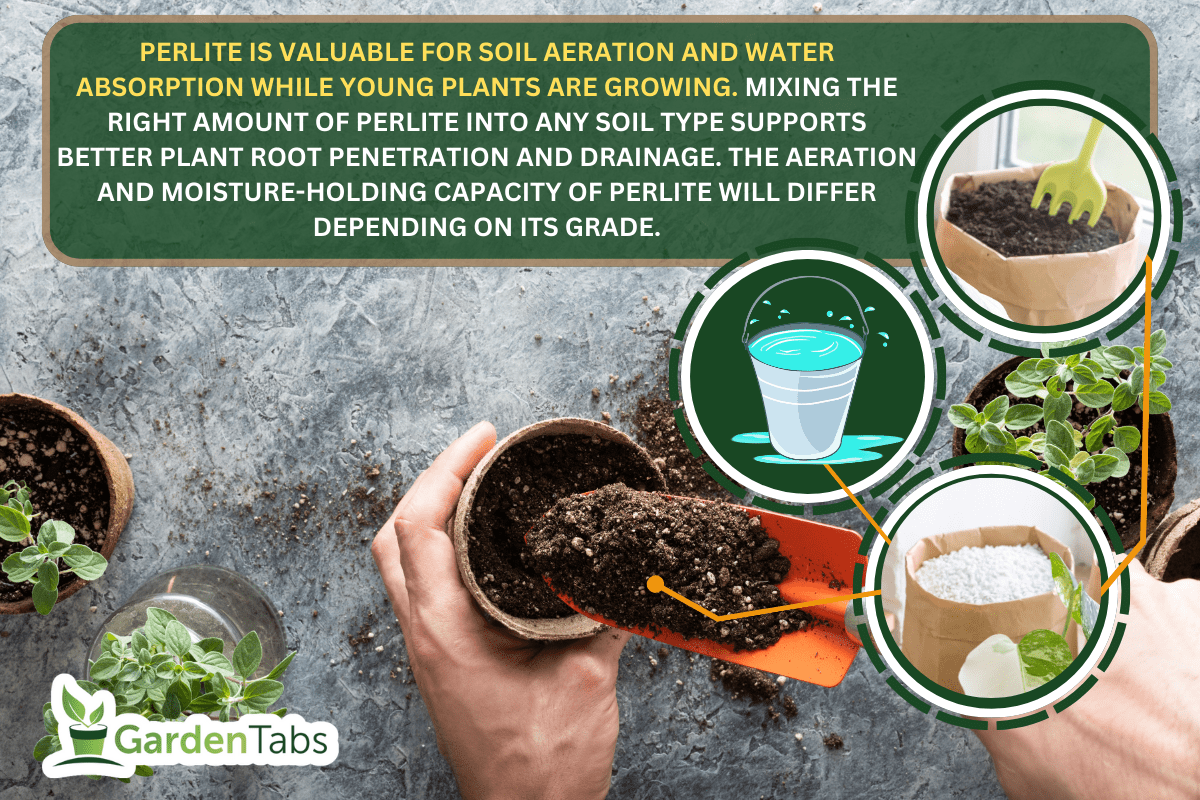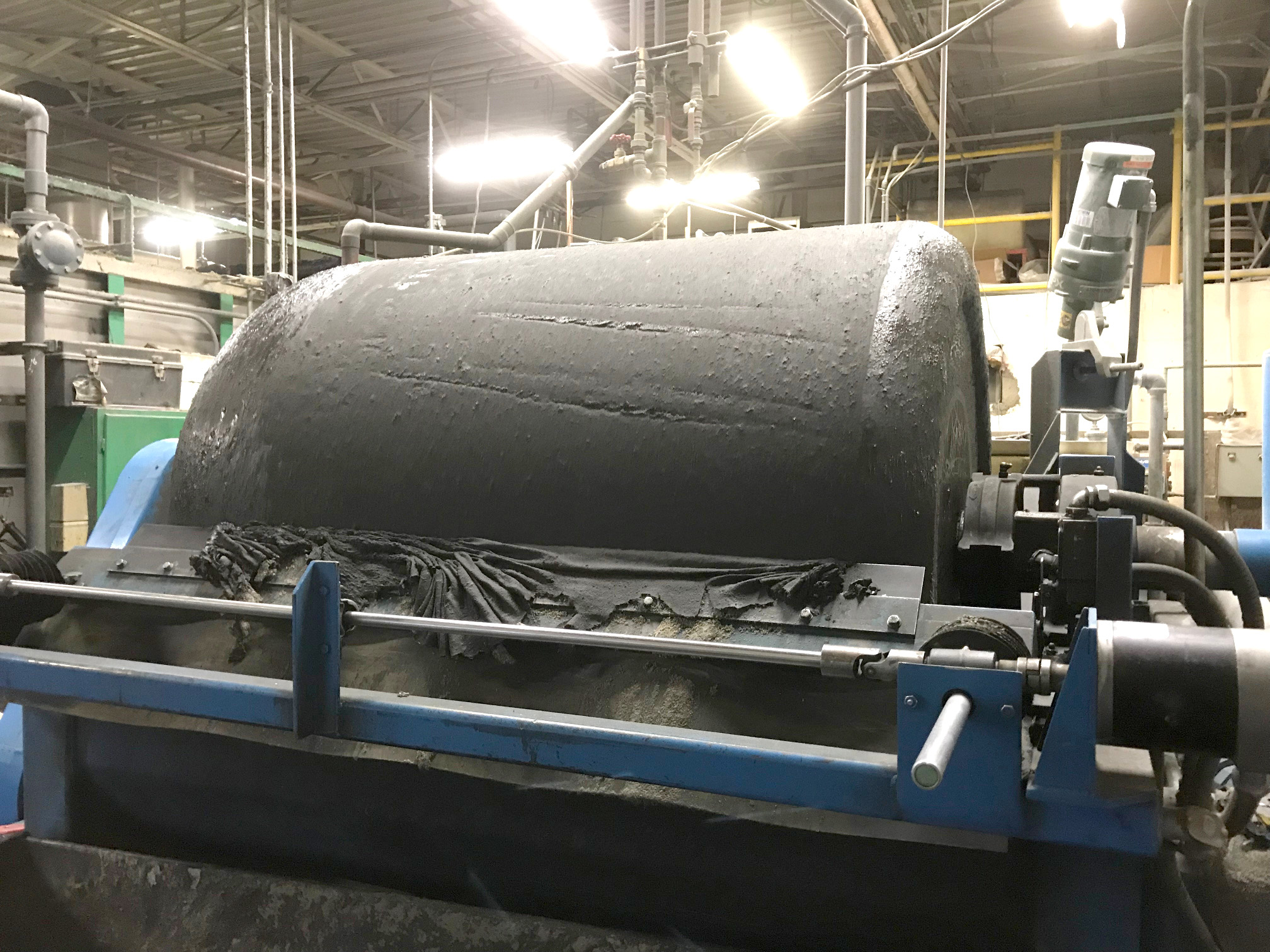
Vermiculite is best used for plants that require soil to stay damp and not dry out. If you want to poke these “vermiculite worms” with your fingers, you’re not alone - that’s what I wanted to do when I first saw them too! When water is added to vermiculite, the flakes expand into a worm-like shape and act like an absorbing sponge. The color of vermiculite is a golden brown to a dark brown and is a sometimes difficult to tell from the potting soil it’s mixed with. Vermiculite is made from compressed dry flakes of a silicate material which is absorptive and spongy. It also helps to raise the pH slightly of your plants even though it’s a neutral pH of 7.0. Vermiculite interacts with potassium, calcium and magnesium in your soil. It’s chief use is to improve soil aeration, lightening the soil and giving better drainage and oxygen access for your plants’ roots. It has a tendency to easily crush into a powder between your fingers, but this usually isn’t a problem because it doesn’t encounter that type of pressure in your pots or beds. For example, if you’re growing a cactus or a succulent, perlite is a great addition to the soil.īecause it’s so porous, perlite does allow excess water to drain quickly…sometimes all over your porch. Perlite is a good choice when you have plants in your garden that require soil to dry out completely between watering.

Often times they’ll mix these little white balls - what we call perlite - into potting soils to aid with soil aeration and water retention. It retains some water but also air on the surface of the little balls in all the hidden nooks and crannies. When manufacturers apply heat to perlite, it puffs up into little white balls.

It’s formed when obsidian contacts water, creating a unique type of volcanic glass with a high water content. The life of a bag of perlite begins as volcanic glass - but not any type of volcanic glass. Vermiculite aids in water and nutrient retention perlite aids in drainage and aeration.Perlite is lightweight, easy to handle, clean and has no odor. It holds much less water than vermiculite but holds much more air.Īlthough both have many minor uses, the gist of it is: – Perlite, on the other hand, is round and holds its water like a little cavern structure. – Vermiculite absorbs water and nutrients slowly releasing it over time, much like a sponge. While both vermiculite and perlite hold water, they work in different ways: They can both hold moisture and improve drainage in soils. They are both mined minerals that can be used for insulation and water filtration. Plants grown using vermiculite and perlite are still considered organic as they are naturally occurring resources. They are inorganic compounds, however, most importantly, they are not synthetic. Sun horticultural perlite is High-Quality Horticultural Gradeīoth resources are no more organic than rocks. It can be used hydroponically, but not in aquaponics It has larger particles to reduce waterlogging and soil compaction

It promotes drainage in the soil preventing root rot

It is sterile, non-toxic, and does not leak chemicals into the soil It is a highly porous material it aerates soil making it lighter and encourages root growth by exposing roots to air It has a neutral pH and does not contain nutrients Perlite occurs naturally in abundance and is relatively inexpensive It usually consists of up to 75% of silicon dioxide, aluminum oxide, potassium oxide, iron oxide, calcium oxide, magnesium oxide, sodium oxide, and up to 5% water. Much like vermiculite, perlite has also been used for thousands of years, whether knowingly or unknowingly, as it naturally occurs in rich volcanic soils that have been favored by farmers throughout the ages. Perlite is a type of volcanic rock formed when obsidian glass absorbs water over time. Perlite is sterile and inert and can be re-used once it has been sterilized. Its larger particle size reduces the effect of compaction in a medium which increases the ability for strong root growth. Reduces the likelihood of waterlogging in a growing medium due to its ability to absorb water and improve drainage. Root aeration is improved with the addition of horticultural grade perlite due to the increase in air-filled porosity of the growing medium. SunPerl Perlite is a cost effective growing medium which increases aeration and drainage to develop healthy root growth.


 0 kommentar(er)
0 kommentar(er)
